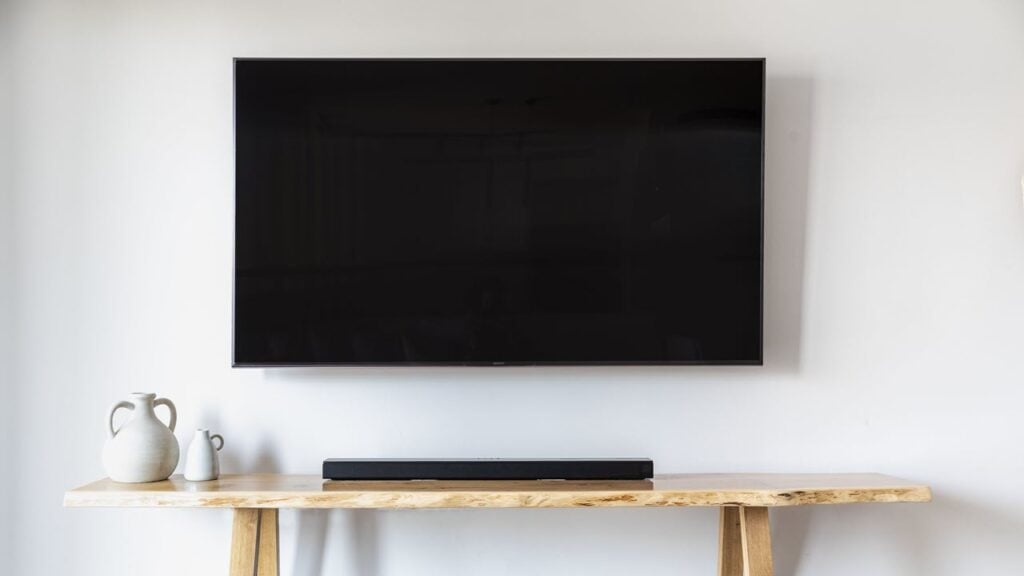Privacy holds immense importance in people’s lives. The thought of someone intruding on this privacy by secretly listening in on their home can be disturbing. Many people worry about whether their homes might be bugged. Understanding how to check for signs of your house being bugged is important to protect your private space for personal or work-related reasons.
If you suspect that your house is bugged, this guide discusses various ways to help you find out whether your house is bugged or not.
Also read: Can someone spy on my phone through linked contacts?
Methods to detect bugs
There are various signs and ways to check and detect bugs in your home, and we have explained them below.
Unusual sounds during calls
Listen closely for weird noises like clicking, static, or faint buzzing when you’re on the phone or having a conversation. These could be hints that something’s not right. While it could be a technical issue, it’s best to be cautious and look into it.

Watch for odd devices
Look for strange electronic gadgets that don’t seem to belong or are oddly placed. These could be disguised as everyday objects like smoke detectors, sockets, or things like lamps or picture frames. Bugs are sneaky and like to hide in plain sight, so be sure to scan your surroundings for anything that seems out of place.
Interference on electronics
If your TV or radio starts acting up with unexpected disruptions or interference, it could be a sign that there’s surveillance equipment nearby. Keep an eye out for this kind of interference.

Check for break-in signs
Look at your doors and windows for signs of tampering or forced entry. Sometimes, intruders install bugs during a break-in. Investigate further if you notice anything suspicious about your locks or security system.
Unexplained wiring
Inspect your walls, ceilings, and electrical outlets for mysterious or concealed wiring. Bugging devices often need power and might be connected through hidden wires.
Leaked private information
If you notice that information you’ve only shared privately at home starts popping up at your workplace or in conversations with people who shouldn’t know. This could indicate a bug or spyware in your home.
Use an FM Radio
You don’t need fancy equipment to spot surveillance gadgets. Try this simple trick: tune an FM radio to the end of the band where it’s silent. Carry it around your home, and if you pick up any transmission, move closer until you find the noise source.

Turn off the lights
Some hidden cameras emit infrared (IR) light when they record or transmit data. While IR is invisible to the naked eye, you can use your phone’s camera to spot it. Alternatively, invest in an LCD IR finder for more accuracy.

Use a listening device detector
Consider getting a listening device detector (RF detector or bug sweeper) for a reliable method. These gadgets can identify radio frequency signals from hidden bugs and surveillance equipment. Follow the provided instructions to scan your home thoroughly.
Sweep your home for bugs
If you’re seriously concerned, hire professionals specialising in electronic countermeasures to sweep your home. They have specialised equipment to detect signals emitted by bugging devices.
By watching for these signs and taking appropriate action, you can ensure your privacy and security at home.
Also read: What is mSpy? How does it work? Is it legit?






